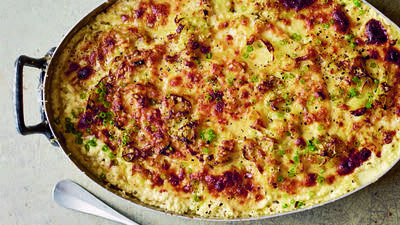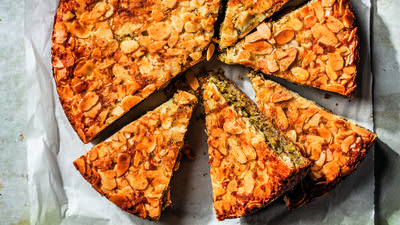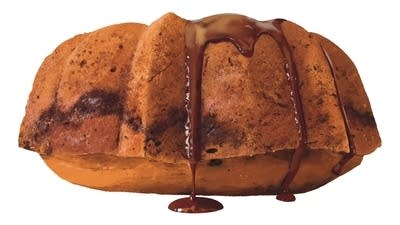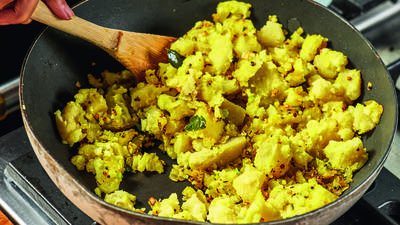
Natural starches contain a mix of two basic starches -- a long, straight-chain starch, amylosa, and a short, brached-chain starch, amylopectin. A starch's characteristics change according to its differing proportions of amylose and amylopectin.
Grain starches like wheat, corn or oats contain 22 to 27 percent amylose, a relatively high amount. They:
Are clear when hot but cloudy when cold. (Sauces with flour are opaque hot or cold because flour contains things other than starch.)
Set up thick enough to slice with a knife.
Become spongy and leak watery fluid when frozen and thawed.
Thicken just below the boiling point of water and can be held hot without damage.
Reheat without thinning.
Thin if stirred once cool and firmly set.
Root starches like tapioca and arrowroot and waxy starches contain up to 99 percent amylopectin. They:
Are crystal clear hot or cold.
Are thickest when hot at their gel temperature. Thin a little when cooled. Set up in a thick, clear, glossy coating -- not firm enought to cut.
Freeze and thaw nicely without change.
Thicken at lower tmeperatures than grain starches.
Thin when vigorously stirred, hot or cool.
In many cases, it is easy to pick the right starch. For a coconut cream pie, you need a starch that thickens enough to slice -- go with flour or cornstarch. For a stir-fry, you need a clear coating -- go with cornstarch because it is clear when hot. But a cherry pie presents problems because you need clear hot or cold. This would mean a root starch like tapioca or arrowroot. While this will give you a clear, thick coating, it will thin a little when reheated. You can mix starches -- use mostly tapioca for clarity and just a little cornstarch to make it thicken and reheat well.
Asian grocery stores are a great place to buy starches. They have arrowroot, potato starch, rice starch, tapioca starch (a powder), wheat starch, etc. at a fraction of their cost in regular stores.
Before you go...
Each week, The Splendid Table brings you stories that expand your world view, inspire you to try something new, and show how food connects us all. We rely on your generous support. For as little as $5 a month, you can have a lasting impact on The Splendid Table. And, when you donate, you’ll join a community of like-minded individuals who love good food, good conversation, and kitchen companionship. Show your love for The Splendid Table with a gift today.
Thank you for your support.
Donate today for as little as $5.00 a month. Your gift only takes a few minutes and has a lasting impact on The Splendid Table and you'll be welcomed into The Splendid Table Co-op.



